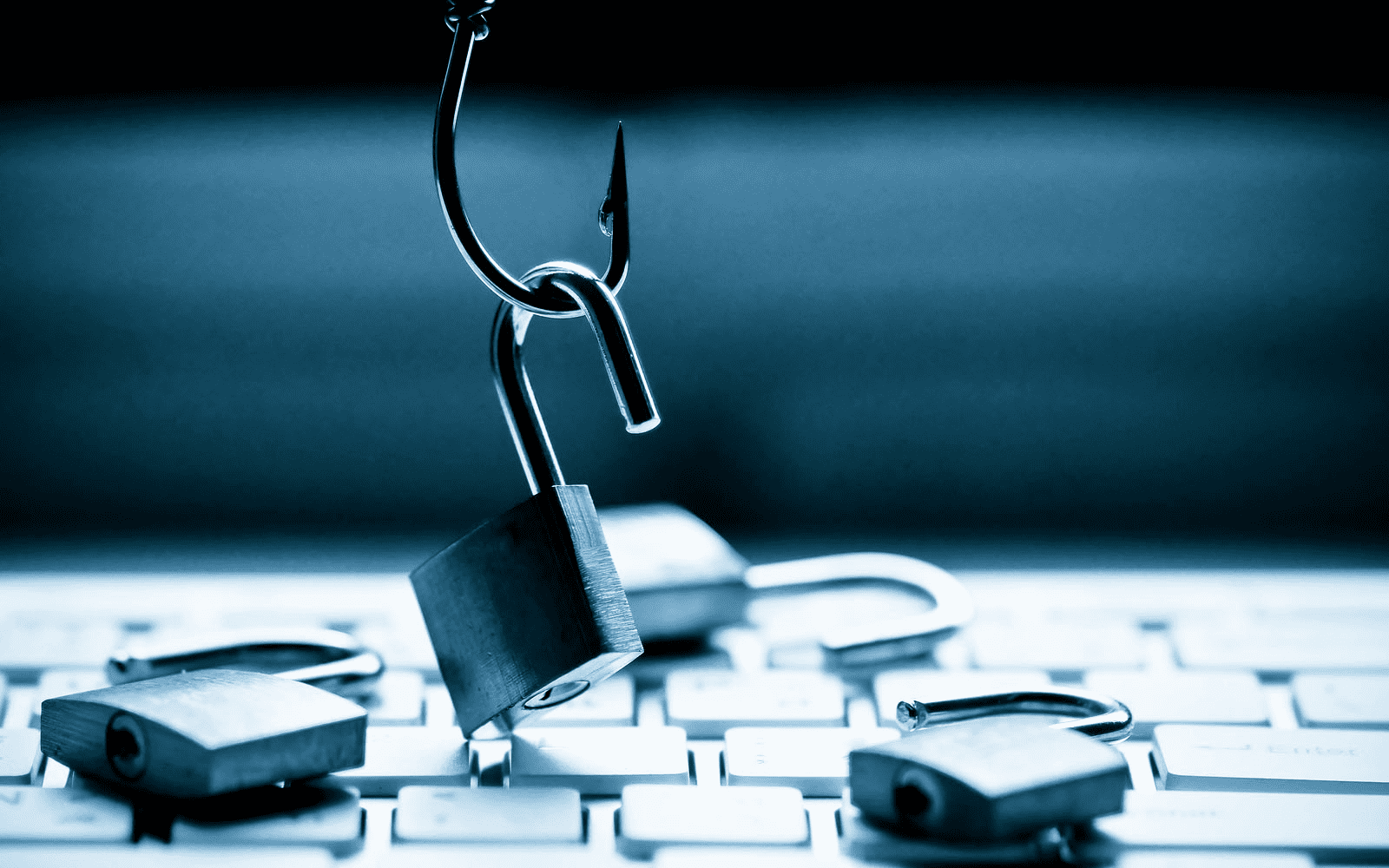Blogs
Home / Blog


According to the Verizon Data Breach Investigation Report, 34% of all breaches in 2018 were caused by insiders. If that wasn’t alarming enough, the cost of insider threats is also on the rise. According to the Cost of Insider Threat Global report 2020, the global cost of insider threat has increased by 31% in the last two years, crossing a whopping $11.45 million, and the frequency of incidents also jumped by 47% during the same time period.
Insider threats are also harder to detect and contain. It took companies six months just to identify an insider data breach. That is why it is important for businesses to know about key insider threat actors, identify threat patterns and know how to spot and mitigate an insider threat.
In this article, you will learn about seven tried and tested ways to identify insider threats.
It is important for businesses to assess their cybersecurity risk periodically because it vacillates with time. Start off by identifying your critical business assets and mark the ones that are critical for your business continuity. Create a comprehensive risk management strategy that offers a step-by-step process of protecting these critical assets not only from external threats but also from internal ones as well.
One of the first things insiders try to target is your accounts. They know that if they manage to get access to your accounts, they can use it to circumvent all the security checks you have in place to prevent insider attacks. This is why it is important to implement strict account management policies. Follow best practices when setting a password for your account.
You can also implement multi-factor authentication for added security. Additionally, you can also opt for more secure user authentication methods such as fingerprint scanning, face unlocks or other similar login methods instead of user ID and password. This means that even if the insider succeeds in guessing or cracking your password, they will still be unable to access your accounts.
When you create a log of all your employee activity and analyze it, you can easily identify suspicious activity or an insider threat. The quicker businesses identify the threat, the less will be the damage. This also allows businesses to investigate suspicious insider actions and reach the main culprit. Once you identify the main culprit, take the necessary disciplinary action so other employees can take notice.
Monitoring employees online is a great way to identify insider threats, but you should also keep an eye on employee behaviour at work. In most cases, employees start to behave rudely when they are about to launch an insider attack. It should serve as a warning sign for things to come. Yes, there could be many other reasons behind an employee’s unruly behaviour and suspicious activities, but you should make sure that it does not lead to an insider attack.
All employees are not equal. Some might have access to critical business data while others don’t. Some enjoy high-level access and privileges while others can only access the information that is necessary to complete their tasks. The biggest risk of insider attacks comes from those employees who have higher privileges and access.
System administrators are responsible for logging and monitoring all employee activities but who is responsible for tracking the activities of the system administrator? This poses a huge problem. Make sure you implement a mechanism to hold your system administrators accountable for their actions. Just like you monitor employee activities, it is equally important to keep an eye on your system administrators and users with high privileges
You might be wondering why you are putting so much emphasis on keeping system administrators and users with higher privileges in check. There is a reason for that. They are the ones that can inject malicious code into your system, network and best dedicated servers. In addition to this, they can also drop logic bombs. The worst part is that these attacks can go unnoticed because they are stealthy in nature. Due to this, it is hard to detect these types of attacks.
To prevent malicious code injection, you must understand how it works. These types of attacks capitalize on the lack of proper input validation or take advantage of insecure dynamic evaluation of user input. Here are some of the steps you can take to prevent these malicious code injections
Another common source of insider attacks is employees who have left your organization. Despite this, most companies don’t deactivate the accounts of employees who have been terminated or have resigned. This allows them to launch an insider attack by accessing their accounts. To prevent insider threats, implement strict termination procedures that disable all employee access points, be it online or offline. Don’t forget to take back the login credentials and deactivate the accounts of employees who are no longer part of your organization.
The frequency, costs and time required to detect insider threats are rising. Businesses must take insider threats seriously and constantly evaluate the risk. Don’t forget to monitor and log employee and system administrator activities. Implement strict policies to curb insider threats. Establish a system that can raise the red flag as soon as it finds a suspicious activity so you can take immediate action. Last but certainly not least is to deactivate or delete employee accounts so they can not be misused later by either the leaving employee or anyone else.
Has your business ever experienced an insider attack? How do you identify and mitigate insider threats? Let us know in the comments section below.
Enter your email to receive the latest news, updates and offers from HostNoc.
